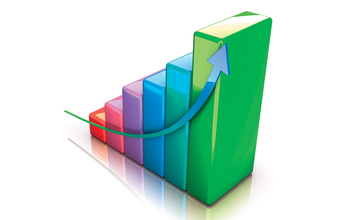
"The most significant risks to the outlook stem from the banking sector and financing requirements of infrastructure companies. Public sector banks, which account for three-fourths of domestic credit, are under stress, with a rising share of non-performing. This restricts financing for private investment. Apart from the welcome capital injections and governance reforms that the Government is undertaking, ensuring a long-term solution to the debt overhang of infrastructure firms is needed to ensure sustainable financing," Frederico Gil Sander, Senior Country Economist and Task Team Leader of the India Development Update.
Specifically the Update calls for the timely implementation of the GST in order to make India a truly single market and suggests the widest possible base for goods to be included under the GST. It suggests eventually bringing in alcohol, electricity, and real estate under the preview of the proposed GST, which are currently excluded from it.
According to the Update, even though alcohol and petroleum account for over 40 to 45 percent of VAT/sales tax revenues for the states, there are few technical reasons for excluding them from the GST. Exclusion of electricity would mean that manufacturing firms are unable to claim credits for the duty they pay and are, therefore, taxed twice. In the case of alcohol, including it in GST would help address concerns about state excise rate arbitrage. Bringing real estate under the GST umbrella may complement the government's efforts to curb undeclared ‘black money' in the sector, the Update explains.
Another significant step taken by the government has been the greater devolution of the spending power from the center to the states and local bodies, it says. States are now responsible for 57 percent of the spending, which accounts for 16 percent of GDP. Of this, nearly 74 percent of the funds are untied (compared to an average of 57 percent during the 13th Finance Commission period), allowing more flexibility to states.
END



























